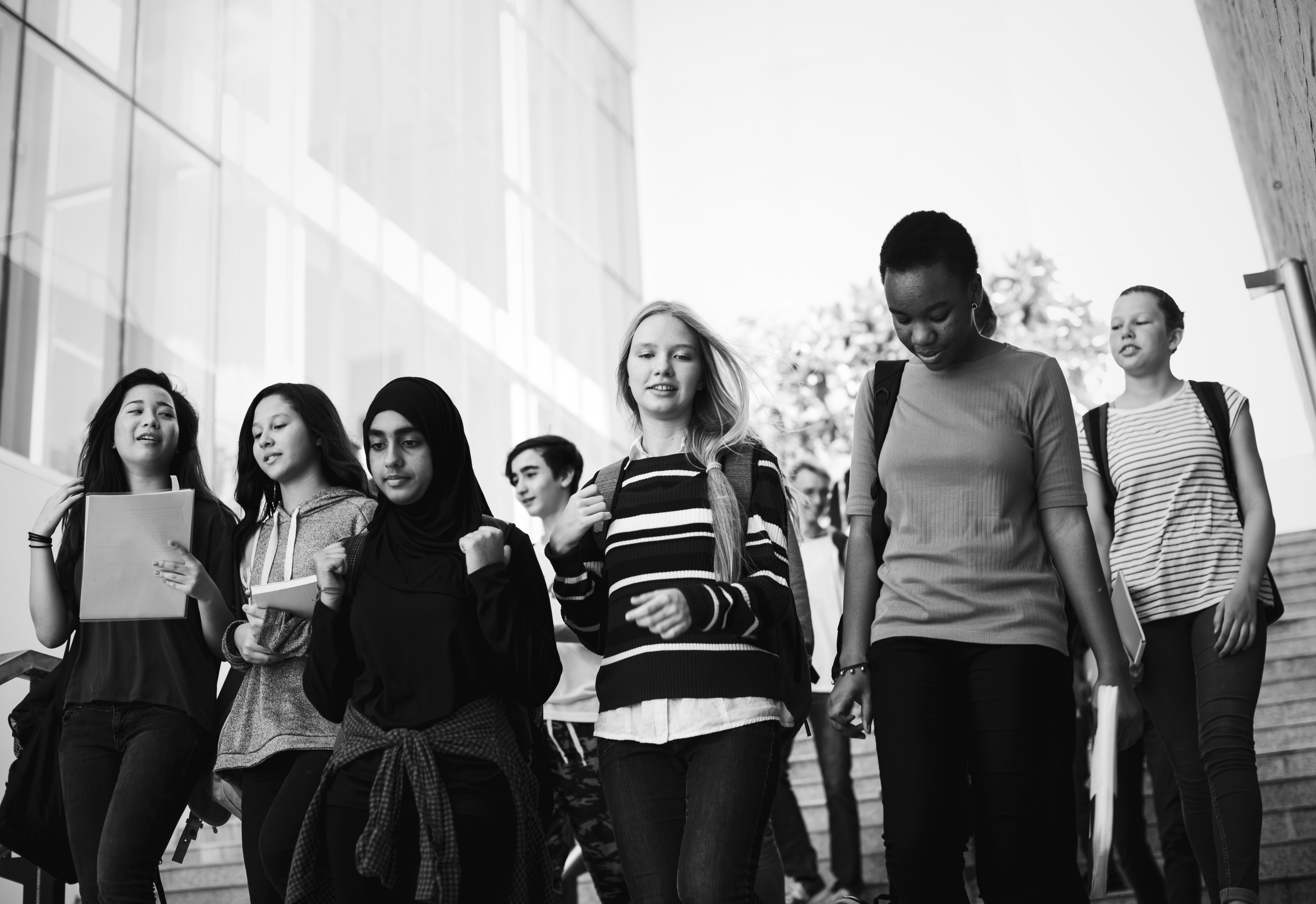In December 2018, the U.S. Department of Education released a report compiled by the recently-formed Federal Commission on School Safety. The Commission was created in response to the school shootings in early 2018, specifically at Marjory Stoneman Douglas High School in Parkland, Florida, and Santa Fe High School in Texas. The Commission was designed to research and recommend solutions to advance the safety of schools in the United States.
The comprehensive report covers a wide range of topics and issues related to school security and student safety. The main conclusion of the report is: "There is no universal school safety plan that will work for every school across the country." Essentially, the issue of school safety is complex, and complicating the issue are the various sizes of schools, different geographies, and other variables that prevent a "one-size-fits-all" approach.
Policymakers' immediate response and focus have been on the physical security of the school buildings themselves, and the debate continues about arming more staff members. What is clear is everyone plays a role in making schools more secure—from ensuring that physical buildings are secure to knowing how to respond to any given situation.
The Final Report of the Federal Commission on School Safety was drafted directly in response to the Parkland and Santa Fe school shootings, and it weighs heavily the tactics to prevent, protect, mitigate, and prepare for the next active shooter event. There will be a continued emphasis on solutions that center on active shooter events, but early detection, student assessments, and discipline will also be new points of emphasis.
One conclusion that can be drawn from the report is that preventing school violence and increasing safety is everyone's responsibility. The report details many areas where recommendations reach beyond classrooms and schools and into the community. Here's an infographic that supports these recommendations.
Here is a synopsis of the Commission's findings, which fall into three broad categories: Prevent, Protect and Mitigate, and Respond and Recover.
Prevent
- Positive School Climate—Helping students feel more connected to teachers, other students, and their school community leads to more positive school and classroom climates. This also leads to efforts to combat bullying and cyberbullying, both on campus and off.
- Mental Health—Improving access to school-based and community-wide mental health and counseling resources is critical in preventing school violence.
- Threat assessment—Informed and alert communities play a critical role in keeping schools safe. Suspicious activity reporting aligned with "See something, say something" campaigns has proven quite effective. Acting on tips from the community, these schools were able to prevent violence in 2018:
- The Villages Charter Middle School (Florida) [source: NBC News]
- Mueller Park Junior High (Utah) [source: CBS News]
- Fairhaven Union High School (Vermont) [source: MyNBC5-WPTZ]
- Middlebury Union Middle School (Vermont) [source: WNDU-NBC16]
- Press Coverage—The Commission recommends that media outlets adopt a "no notoriety" policy for covering school safety incidents. This will entail shifting focus away from perpetrator(s) and onto relevant facts, victims, etc.
- Violent Entertainment—Reducing exposure to violent video games, movies, TV shows, and other entertainment content is another example of prevention extending beyond schools and into the home. The Commission is calling on parents to strengthen internet safety to block inappropriate content at home.
- School Discipline—It's important to maintain order in classrooms by empowering teachers to identify and address disruptive behavior and disorderly conduct.
- Law Enforcement—In lieu of increasing age restrictions for firearm purchases, the Commission recommends training to promote the safe storage of firearms. Additionally, the Federal Bureau of Investigation’s Public Access Line has made changes to improve their process for receiving and evaluating tips from the public.
Protect and Mitigate
- Training—All school personnel have a role in safety and should be included in some level of training.
- Troops to Teachers—The report proposes incentives to transition military veterans and retired law enforcement officers into education careers. Not only do they possess the leadership, experience, and training to increase school safety, but they could be highly effective educators.
- Building and Campus Security—Often referred to as "hardening a school," an increased focus on risk assessment and security plans is often necessary to improve safety. This tends to concentrate on the school building “envelope” (e.g., doors, windows, walls, roof).
Respond and Recover
- Active Shooter Preparation—The new report offers specific recommendations for schools to implement training, plans, and drills centered on an active shooter situation.
The issue of school safety is complex, and while a "one-size-fits-all" approach will not work, one constant that permeates through the Commission’s final report is the notion that school safety is not just the responsibility of a few. From students and staff in the classrooms, to district leaders and safety personnel, to first responders and community members—it is apparent that everyone plays a role in making schools safer.
How will you contribute to making your school safer in 2019?












No Comments Yet
Let us know what you think